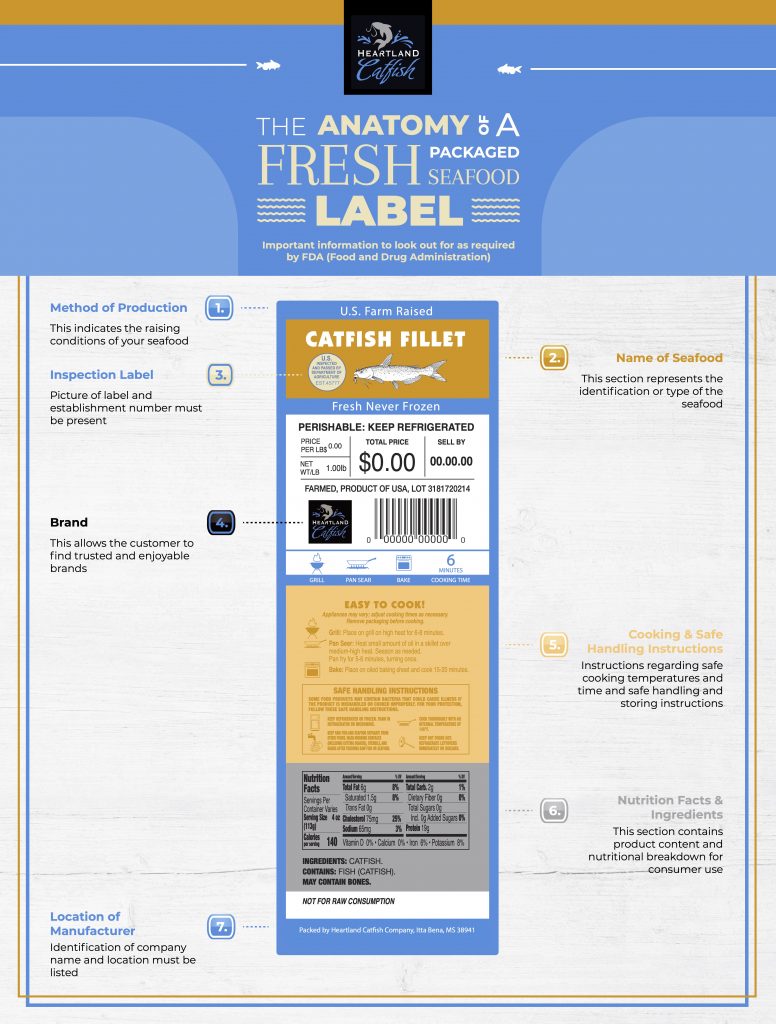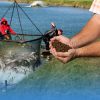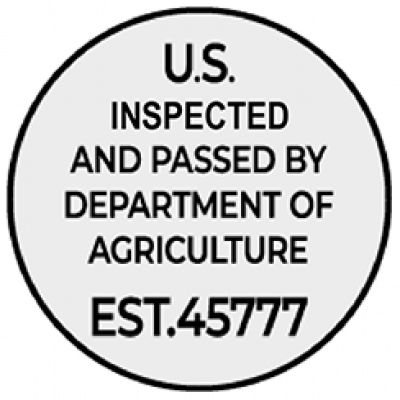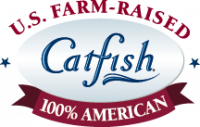Important things to look out for as required by the Food and Drug Administration (FDA)
When consumers visit the grocery store in search of the safest and healthiest seafood options, they tend to gravitate towards the label. According to the Journal of Education and Health Promotion, nearly 58% of consumers “don’t understand” food label information. Understanding a seafood label allows the consumer to avoid potential allergens, learn how the seafood was produced and find the healthiest options.
Heartland Catfish Company is celebrating National Seafood Month and to help consumers make the most informed decisions we are breaking down the anatomy of a fresh-packaged seafood label according to FDA standards.

The seafood you buy is either harvested from its natural habitat or an aquaculture operation. Using aquaculture methods, Heartland Catfish raises catfish from egg to harvest to create a healthy environment for our catfish. Let’s take a look at the most important sections of the seafood label.
1. Method of Production
The method of production indicates the raising conditions of your seafood. Wild-caught seafood is seafood that has been captured in its natural habitat. It is traditionally imported and not as heavily regulated. However, U.S. farm-raised seafood, like that of Heartland Catfish, is strictly protected from groundwater pollution because they live in man-made agricultural ponds, which ensures safety of the seafood and ultimately the safety of the consumer.
2. Name of Seafood
The name of seafood represents the identification or type of the seafood. Seafood has specific industry guidance on correctly labeling fish. The Seafood List is a source that facilitates consistently named seafood species. This helps the consumer understand how seafood is properly identified.
3. Inspection Label
The U.S. Department of Agriculture (USDA) inspection label and establishment number must be present on a fresh-packaged seafood label. The Inspection label and establishment number means that the seafood has been fully-passed by the USDA and FDA regulations. Regulations on inspection methods are to protect consumers from mislabeled and misbranded information.
4. Brand
Identified Brand allows consumers the ability to recognize trusted brands. Peace of mind while shopping for seafood or any food item is a necessity. When the brand is on the label; the shopping experience is one-step easier. If brand is not listed on your label, ask a store representative at your seafood counter what brand you are purchasing.
5. Cooking & Safe Handling Instruction
The Safe Handling Instructions must appear in a hairline box on a seafood label. The specifications must include a refrigeration recommendation, a raw seafood warning and a minimum cooking temperature. The safe handling and cooking instructions provide guidance on recommended internal temperatures, refrigeration and cooking time. We encourage all customers to read and adhere to these handling and cooking instructions.
6. Nutrition Facts & Ingredients
The Nutrition Facts provide information on serving size, calories and daily percentages based on a 2000 calorie diet. As required by the FDA, the ingredient list must contain all product content to be passed through inspection. The nutrition facts and ingredients are beneficial to the consumer because it assists you in making the healthiest choices for your diet.
7. Location of Manufacturer
Although the location of manufacturer is often the smallest part of the label, packing location is still a very important part of a seafood label. Similar to brand, knowing the manufacturer location allows the consumer to easily trace the product back to the company for quality purposes.
Now that you understand the anatomy of a fresh packaged seafood label, you are ready to make informed decisions for the healthiest and safest seafood options at the grocery store. Of course, we recommend U.S. farm-raised Catfish, but no matter what varieties of seafood you purchase for you and your family, product type and production method, company location, inspection verification and preparation safety should be top of mind.





